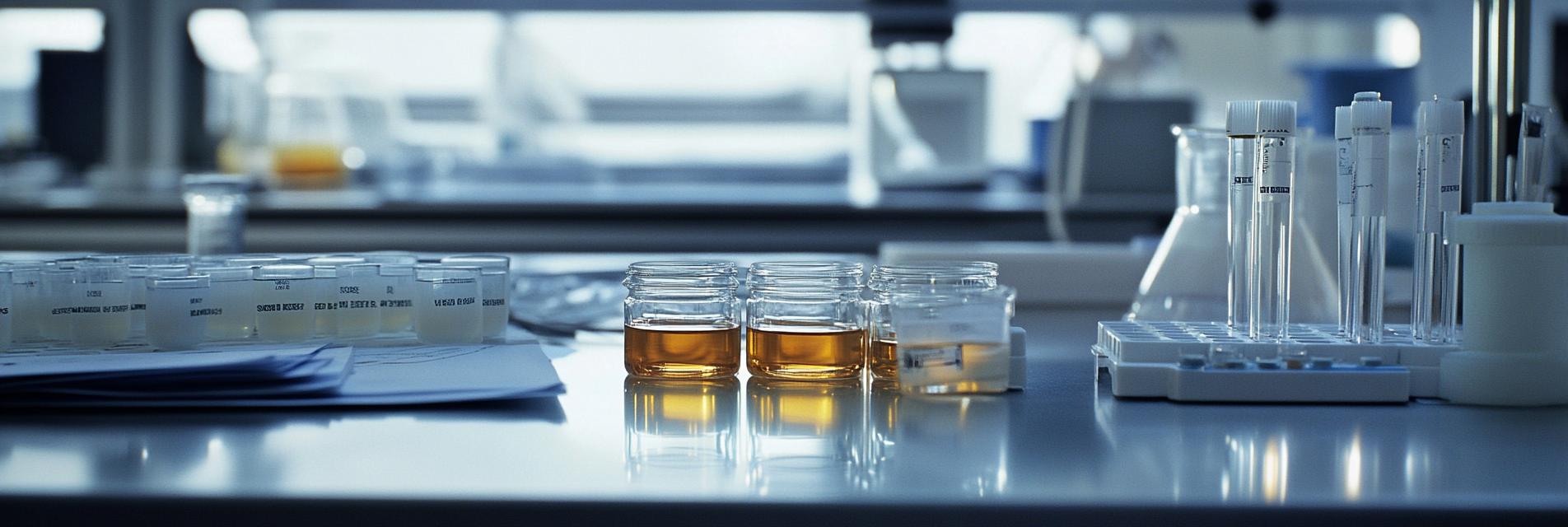Have you ever wondered how those soft, bendy plastics manage to stay durable while being oh-so-comfortable? Well, my dear readers, it’s all thanks to our charming friends known as plasticizers! But wait, before you chuck your hands up in the air in sheer confusion, allow me to take you on a delightful rollercoaster ride through the wild world of plasticizer safety and their oh-so-serious environmental compliance. 🌍
Plasticizers are the true unsung heroes of the plastic world, making sure that our materials are flexible and workable. From that neon-hued vinyl in your kid’s inflatable pool to the smooth surfaces in your kitchen gadgets, plasticizers are everywhere! However, just like any superhero, they come with their own set of challenges—especially regarding safety and compliance with environmental regulations.

In the grand reality show of regulations, plasticizers have seen quite a bit of drama. The environment’s watchdogs have set forth a variety of rules to ensure that these materials don’t end up wreaking havoc on Mother Nature. Regulations such as REACH (Registration, Evaluation, Authorisation and Restriction of Chemicals) in Europe aim to manage and minimize the risks associated with chemical substances, including plasticizers. It’s all about maintaining a balance between innovation and sustainability, folks!
As we strut confidently toward a more sustainable future, it’s vital for manufacturers to adopt best practices when using plasticizers. This includes selecting safer alternatives, ensuring proper testing, and keeping a close eye on new regulations. Remember, sustainability isn’t just a buzzword; it’s a lifestyle! 💚
As we continue to embrace the flexibility and utility of plasticizers, let’s not forget the responsibility that comes with it. By staying informed about safety standards and environmental regulations, we can ensure that our beloved materials don’t become the villains of the environmental story. Until next time, keep it light, keep it safe, and keep it flexible!
